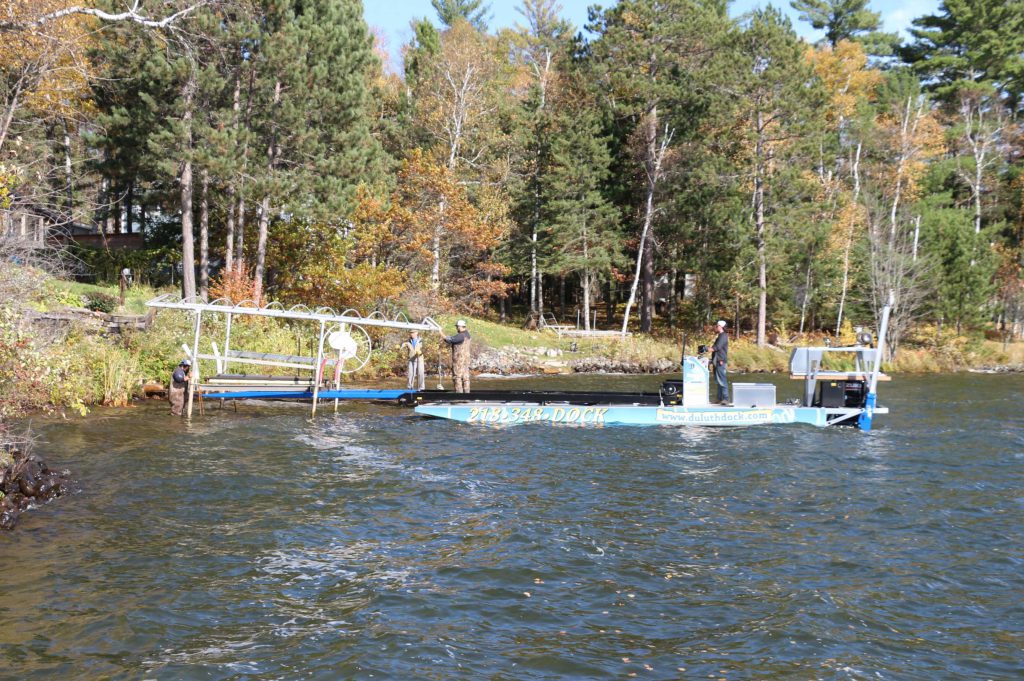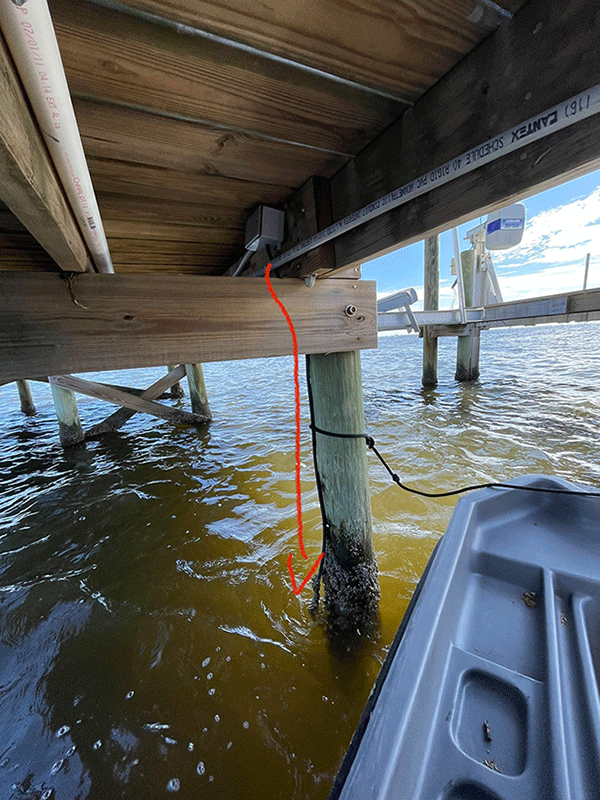Typical Concerns That Cause Costly Dock Repairs
Typical Concerns That Cause Costly Dock Repairs
Blog Article
Effective Dock Repair Techniques: Guaranteeing Structural Integrity
Ensuring the architectural stability of anchors through effective repair methods is extremely important for the durability and safety and security of aquatic facilities. Subsequently, picking the best repair service materials, such as composite materials and corrosion-resistant alloys, is important for longevity.
Analyzing Dock Damages
Assessing dock damages is a crucial initial action in making sure the architectural honesty and security of any kind of docking facility. Secret facets to analyze consist of the dock's foundation, pilings, outdoor decking, and hardware (Dock Repairs).
Structural designers or certified examiners usually execute these analyses utilizing specialized strategies and tools. For example, undersea inspections may utilize sonar equipment or remotely ran vehicles (ROVs) to find submerged damage. Over water, visual inspections are matched by utilizing moisture meters and other analysis devices to uncover underlying problems not quickly visible to the nude eye.

Finding Repair Work Materials
Selecting the proper repair products is a crucial action in the dock reconstruction process, one that straight influences the longevity and efficiency of the repaired structure. Material selection need to be driven by variables such as environmental problems, load-bearing demands, and compatibility with existing dock components.
Along with timber, composite materials are significantly preferred as a result of their durability and reduced maintenance needs. Composites, commonly made from a blend of plastic and timber fibers, provide outstanding resistance to rot, bugs, and UV damage. For metal docks, selecting corrosion-resistant alloys such as galvanized steel or marine-grade light weight aluminum is important to protect against corrosion and make sure structural stability in saline water problems.
Epoxy resins and marine-grade sealers are crucial for repairing cracks and securing joints, giving a water-proof barrier and enhancing the dock's general toughness. By diligently picking top notch materials, dock repairs can attain lasting outcomes, thus safeguarding against future degradation and ensuring safe, trustworthy use.
Architectural Reinforcement Strategies
Efficient architectural reinforcement strategies are important in guaranteeing the security and longevity of dock fixings. One fundamental approach includes using steel or composite reinforcement bars (rebar) within concrete frameworks. Rebar offers extra tensile strength, stopping cracks and dispersing tons much more uniformly. This method is particularly reliable for docks exposed to hefty lots or extreme ecological conditions.
Another crucial method is the application of fiber-reinforced polymers (FRP) These materials use high strength-to-weight ratios and excellent resistance to rust, making them suitable for enhancing concrete or wooden anchors. FRP can be applied in sheets or strips and bound with epoxy resins to boost architectural stability.
Supporting and securing systems also play a critical duty in structural reinforcement. Cross-bracing, making use of metal or wood light beams, can neutralize lateral forces, reducing persuading and movement. Anchoring systems, such as helical piers or driven stacks, offer a steady foundation by transferring loads to much deeper, much more secure soil layers.
Last but not least, the combination of load-distribution plates can help disperse weight much more equally across the dock's surface area, reducing local anxiety points. These methods jointly make sure that anchors stay secure and robust, with the ability of holding up against address the rigors of their functional atmosphere.
Advanced Repair Approaches

Another sophisticated method includes underwater welding, which permits repair services to be performed without the demand to dewater the location. This approach is particularly advantageous for attending to architectural problems in submerged dock elements, guaranteeing minimal disruption to operations. Enhanced welding techniques, coupled with robot systems, supply precision and reliability, therefore extending the lifespan of the dock.
In addition, cathodic security systems are executed to avoid deterioration in metallic dock frameworks. By utilizing sacrificial anodes or amazed present systems, these strategies effectively minimize the electrochemical procedures that result in material degeneration.
Finally, advanced monitoring technologies, such as structural wellness monitoring (SHM) systems, give real-time data on the condition of dock frameworks. These systems enable Learn More Here aggressive maintenance and prompt treatments, eventually making certain the lasting architectural honesty of the dock.
Maintenance and Avoidance
Upkeep and avoidance are essential principles that underpin the long life and security of dock structures. Regular inspections are vital, permitting very early discovery of damage, possible weaknesses, and ecological impacts. A positive technique, involving regular checks for deterioration, rot, and architectural changes, alleviates costly repairs and prolongs the dock's functional life.
Safety nets need to include applying safety layers to metal parts to defend against rust and using treated wood to stand up to decay. Additionally, guaranteeing proper drainage and ventilation can protect against water accumulation, which is an usual reason for architectural deterioration. Integrating high quality products and sticking to supplier standards during building and construction and repair work phases additionally play essential functions in boosting toughness.

Training workers in dock upkeep ideal techniques makes sure constant application of safety nets. Leveraging technical developments, such as drones for inspections and sensors for real-time surveillance, can better improve upkeep efforts. By focusing on maintenance and avoidance, dock proprietors can make certain structural honesty, functional safety and security, and linked here cost-efficient administration over the dock's lifespan.
Conclusion
In final thought, maintaining the structural honesty of aquatic facilities necessitates extensive dock repair work methods. Advanced repair service methods, combined with regular maintenance practices, guarantee the dock continues to be secure and functional under varied environmental conditions.
Ensuring the architectural stability of docks with reliable repair techniques is critical for the durability and safety of aquatic centers.Choosing the suitable repair service products is a pivotal step in the dock remediation process, one that straight affects the durability and performance of the fixed framework.Effective architectural reinforcement strategies are important in making certain the security and durability of dock fixings. By focusing on upkeep and avoidance, dock proprietors can guarantee architectural honesty, operational safety and security, and cost-effective management over the dock's lifespan.
In verdict, maintaining the architectural stability of marine centers demands thorough dock fixing techniques.
Report this page